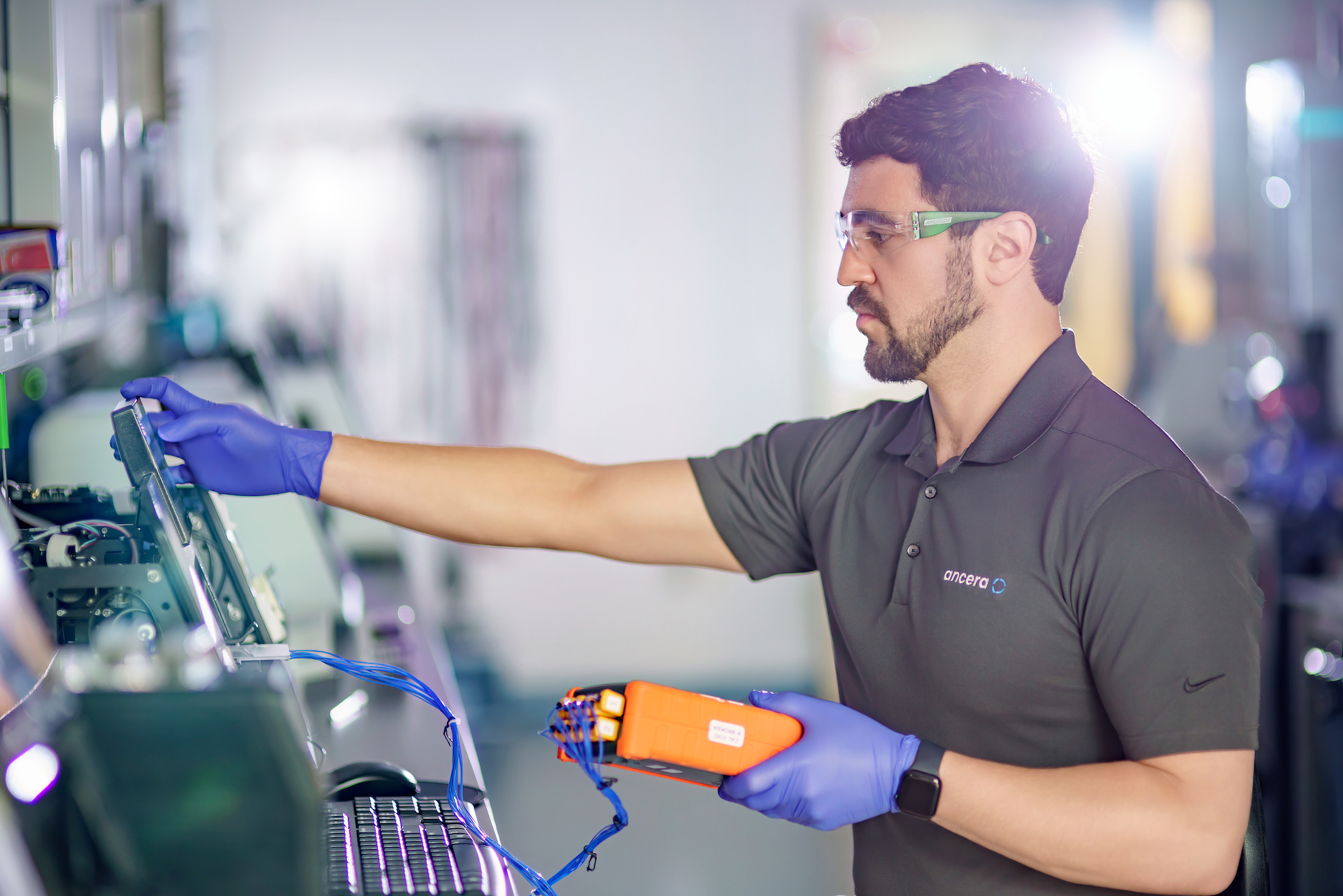In the poultry industry, margins are razor-thin, and every penny spent needs to pull its weight. For too long, poultry companies have leaned on diagnostics and contract labs as a crutch, ticking compliance boxes and relying on gut instinct to make important decisions. But outdated tools and guesswork does not make for a reliable strategy, and more tests aren’t the answer.

Publication
The State of Food Defense in Poultry
The global poultry supply chain is vast, interconnected, and inherently vulnerable to malicious and microbial threats. Despite the industry's annual investment of over $1 billion in vaccines, antimicrobials, and feed additives, many poultry companies lack a strong defense system that leverages data to optimize these expenses.
This lack of quality data turns what should be an informed decision into a guess, and that guess can cost you in operational efficiency, compliance risk, and profitability. Food defense is built to solve these problems. Threats are monitored and decision-makers can stay ahead of them before they affect operations.
Building an Integrated Food Defense Strategy
A contemporary definition of food defense encompasses the protection of the food supply chain from both intentional contamination (bioterrorism or sabotage) and unintentional contamination including microbial or chemical threats. In the poultry industry, this means monitoring every component, from environmental controls to feed and water supplies, to the health products used on birds.
Traditional methods of pathogen management and production optimization rely on reactive rather than proactive measures. With an integrated food defense strategy, risks are identified in real-time, outcomes are predicted and analyzed, and targeted interventions can be implemented quickly.
Building resilience into the food supply chain is smart from a safety perspective, and an economic one. A resilient system protects against threats and provides economic stability, even in the event of supply chain bottlenecks.
Data in Action: Detect, Predict, Assess, Intervene

Detect
Ancera's advanced microbial surveillance and automated lab diagnostics detect emerging threats quickly and reliably. This enables same-shift decision-making and the ability to address potential issues early.
Predict
Data science, modeling algorithms, and machine learning help to predict future risks and outcomes. By isolating root causes and predicting second and third-order impacts, Ancera's poultry partners stay ahead of disruptions.
Assess
Digital simulations assess different intervention strategies, modeled on real-world scenarios to optimize responses. The Ancera team believes that the right combination of data and industry expertise leads to the most effective and informed decisions.
Intervene
After implementing interventions, continuously monitoring outcomes allows for ongoing improvement. What worked yesterday might not work tomorrow.
Food Defense Solutions for Poultry Problems
Downtime Management
Even minor disruptions can lead to significant downtime and lost productivity. Ancera’s downtime management solution monitors real-time data on house conditions, bird health, and environmental factors, allowing you to intervene before problems escalate. This proactive approach reduces downtime between flocks and optimizes conditions for live operations

In one case, Ancera helped a poultry complex categorize their farm operations into high, medium, and low risk, allowing for targeted treatments. This reduced the operation’s average farm downtime from 17 to 14 days, an efficiency upgrade that is estimated to save the complex over $800,000 annually – all without investing in new infrastructure.
Efficiency means focusing on the right issues at the right time. In some instances, a full downtime is necessary for a broader clean out, while in others, good conditions allow the next flock to move in sooner. Interventions and downtime should be proportionate to the known risk and threat – think of this as the 'efficiency equation.'
Product Performance
Ancera has worked with a large number of vaccine producers, feed additive companies, and antimicrobial and litter amendment manufacturers to independently verify product performance. For these companies selling to some of the biggest poultry integrators in the world, this evidence-driven approach helps to shorten sales cycles and reduce the number of trials required.

Poultry integrators need trustworthy data to select the most effective products. Hundreds of thousands, often millions, of dollars are on the line. By independently verifying product performance in real-world settings, Ancera has the data integrators are looking for.
Regulatory Readiness
What works today may not work tomorrow. Ancera’s regulatory readiness solution enables rapid assessment of pathogen risk and allows teams to fast-track safe poultry to market within a single shift.

With the USDA's proposed Salmonella framework ready to bring significant changes – including new testing requirements and potential product holds – staying ahead of compliance challenges is essential. Ancera’s novel deep serotyping technology can reliably identify all Salmonella serotypes contaminating a flock. With this reliability, integrators can track and trace threats more efficiently.
Arjun Ganesan, CEO of Ancera, said during the recent WATT Webinar Tech Series, “Salmonella is not going to go away, so the question is, how are you preparing for it? What is the coordination between FSQA, live production, the plant, and the supply chain? That multi-pronged coordination is not a trivial task.”
By implementing deep serotyping with real-time monitoring, teams can manage microbial risks before they become costly, and more importantly, they can get products fast-tracked through compliance for a safer and more efficient supply chain.
Follow the Data
Traditional diagnostic methods are slow, expensive, and imprecise. The poultry industry needs real-time, actionable data that improves and informs every important decision in the supply chain. Ancera is bringing a new solution to the poultry industry. Talk to an Ancera expert today to learn more.









.png)































